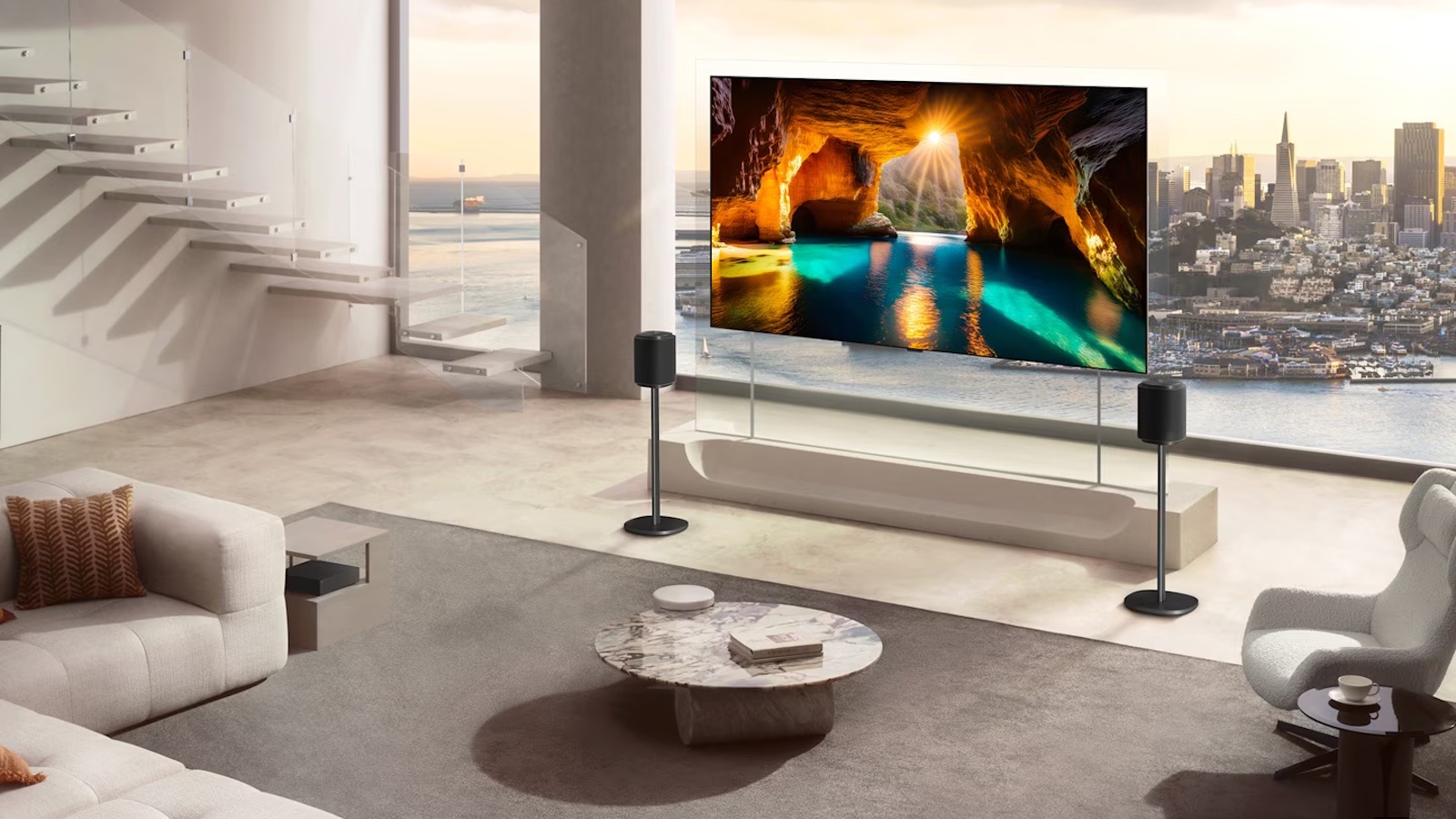Best Mini LED TV: all the top, mid-range and affordable options fully reviewed
Next-gen Mini LED TVs of all budgets and sizes
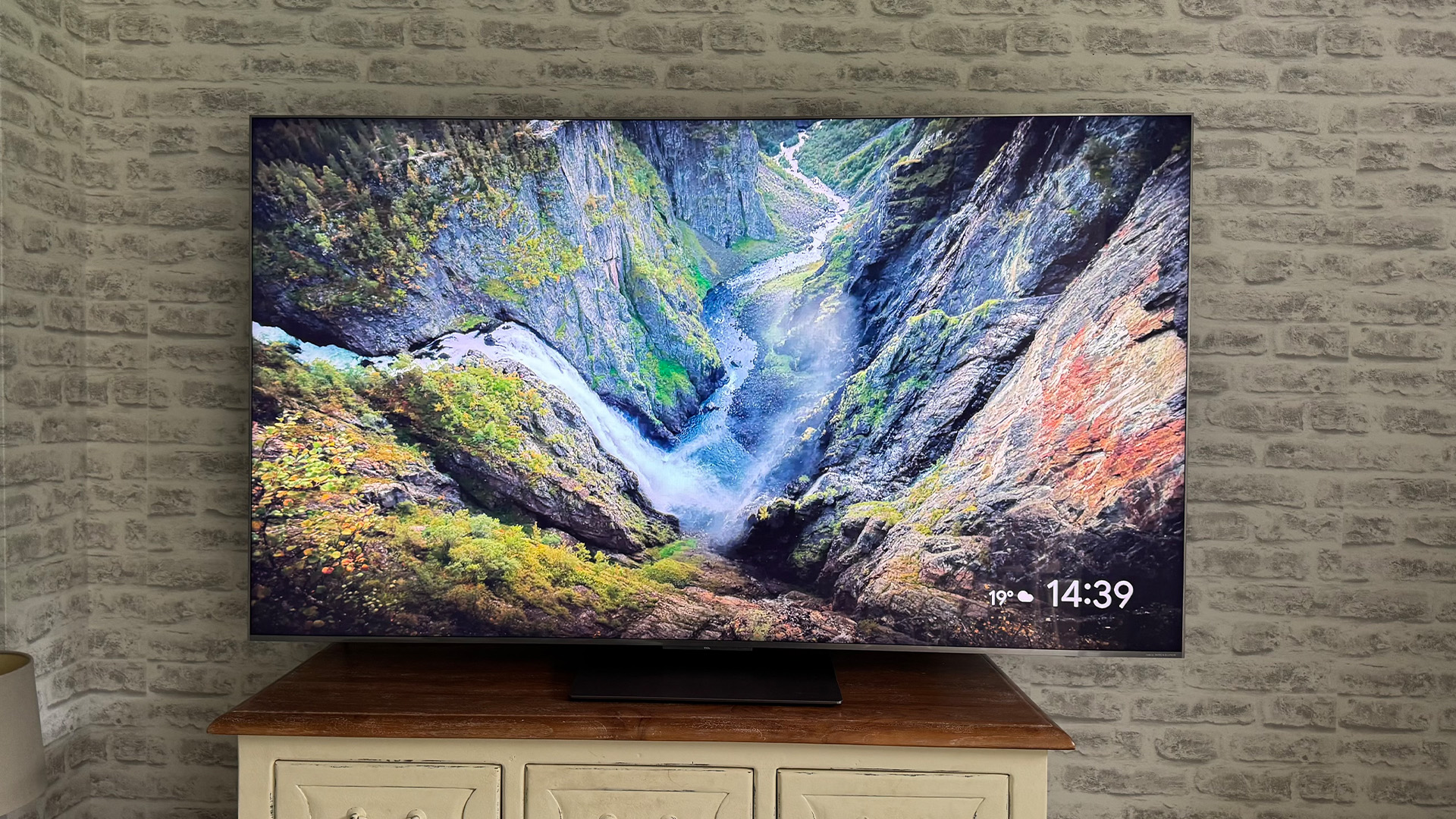
Mini LED is a hot topic in the world of home cinema, with numerous big name brands, including TCL and Hisense pushing it as the future of TVs.
And while we can’t see it dethroning the best OLED TVs we’ve reviewed as the top dog in the top end of the market this year, if you’re on a budget it’s carved a strong track record in the mid-range and affordable TV space recently.
Highlights include better contrast and light control, when done well, than basic LED sets and increasingly impressive black levels. Which is why you may be considering a Mini LED set as your next TV.
But picking the right one is important since, when we say “when done well”, we mean it. While there we’ve tested a number of great Mini LED TVs recently, for every good one we’ve reviewed we’ve had to contend with at least one middling, or even bad, one alongside it.
Common problems include inconsistent light control, overbaked colours and a tendency to push the panel’s peak brightness too hard, creating a flat image. Here to make sure you don’t pick up a lemon, we’re constantly maintaining this buying guide where our experts detail the best Mini LED TVs we’ve fully reviewed and recommend.
You can click here to read more about how we test TVs, or you can simply scroll down to find the best Mini LED for your needs.
November 2025: Expanded FAQ section. September 2025: New entries added for the TCL C7K, TCL C6KS and Sony Bravia 7, based on our latest comparative testing.

I'm What Hi-Fi?'s TV and AV Editor, and I've been testing TVs and home cinema products (as well as hi-fi kit and headphones) for approaching two decades. Mini LED is a relatively new technology, but it has in fact been around since about 2019 and properly started gaining traction in 2021 when Samsung launched its first 'Neo QLED' TVs. I and the rest of the review team have been there from the start and we've seen the category grow from niche and premium to mainstream and (in several cases) much more affordable. Experience tells me that you shouldn't be cowed by big figures for dimming zones or peak brightness – the specs rarely tell the full story and I've reviewed multiple Mini LED TVs that look awesome on paper but severely disappoint in testing.
Best Mini LED TV overall







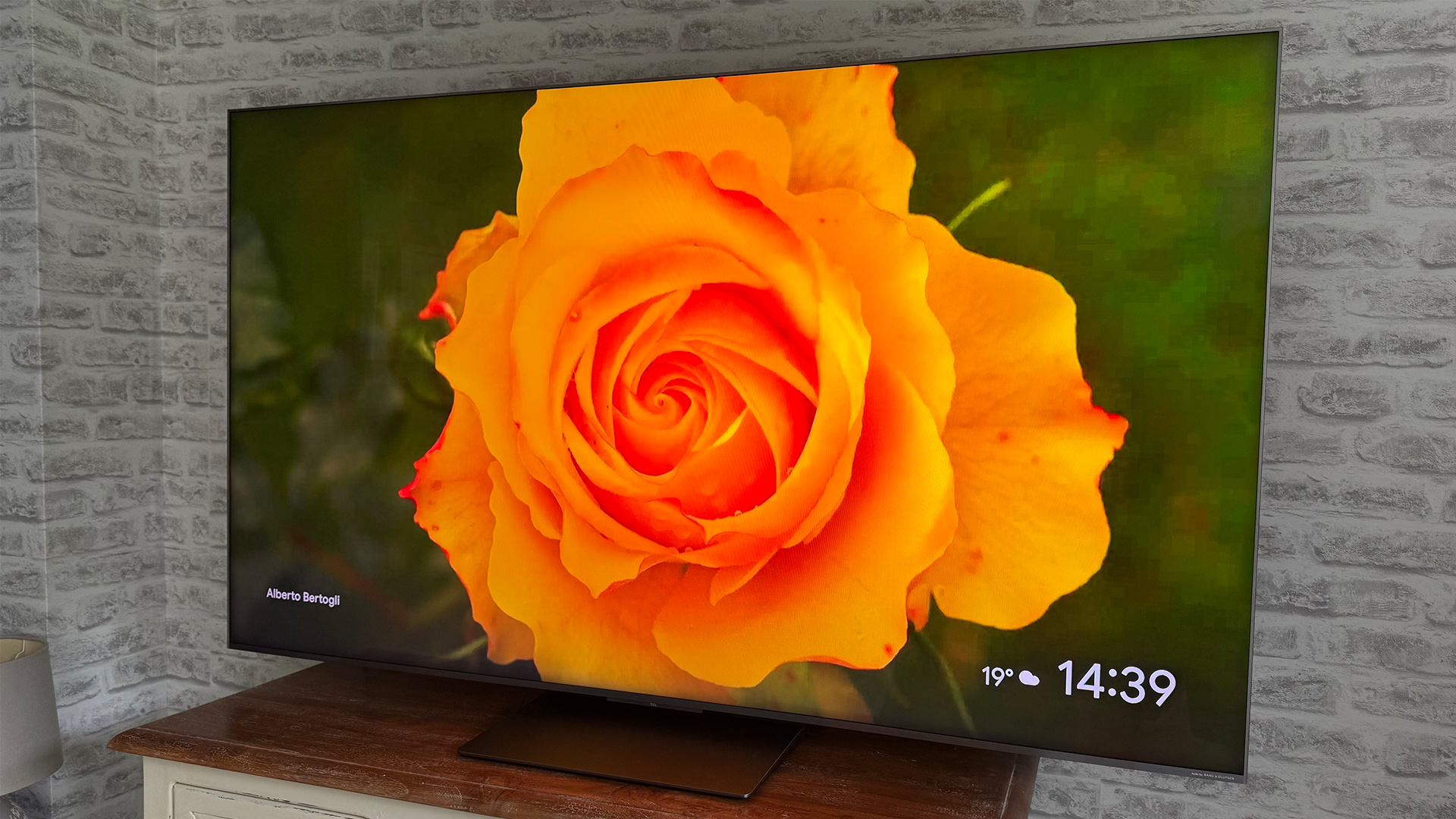




Specifications
Reasons to buy
Reasons to avoid
Mini LED has a track record for struggling in the premium end of the market, where OLED generally remains king thanks to its ability to produce perfect blacks.
But Mini LED has carved a strong presence in the mid-range market and the TCL C7K is a great example why, based on our testing.
Costing less than a grand, the TV clearly demonstrates how the tech improves on basic LCD/LED, without needing to stray into OLED pricing territory.
The 65-inch model we reviewed hit a perfect sweet spot in our hallowed performance-per-pound/dollar metric.
The Mini LED panel can go explosively bright, but is ably kept in line by the set’s solid light control powers, which take advantage of the panel’s 1008 independent dimming zones to let it retain contrast and detail in a way last year’s TCL sets couldn’t.
The end result is a fantastic-value Mini LED that will delight most movie fans. Hence our reviewers’ glowing verdict:
“The excellent subtlety of the C7K’s light and colour handling helps it deliver impressive sharpness with native 4K sources, while the latest AiPQ processor also upscales HD sources to the screen’s 4K pixel count very handily, adding sharpness and density without exaggerating noise or creating significant unwanted processing side effects.”
In fact we only have two minor words of caution. First, that it only has two full-speed HDMI 2.1 inputs. So if you’re a gamer with multiple current-generation consoles and a Dolby Atmos soundbars, be prepared for some cable swapping if you want to run them at full speed. Current consoles need an HDMI 2.1 input to run in 4K/120Hz.
Second, the soundbar part is important as, based on our testing, the C7K’s speakers are distinctly middling. Though they’re fine for casual viewing, they lack the coherence and directionality required to do any good movie justice.
Read our full TCL C7K (65C7K) review
Best high-end Mini LED TV


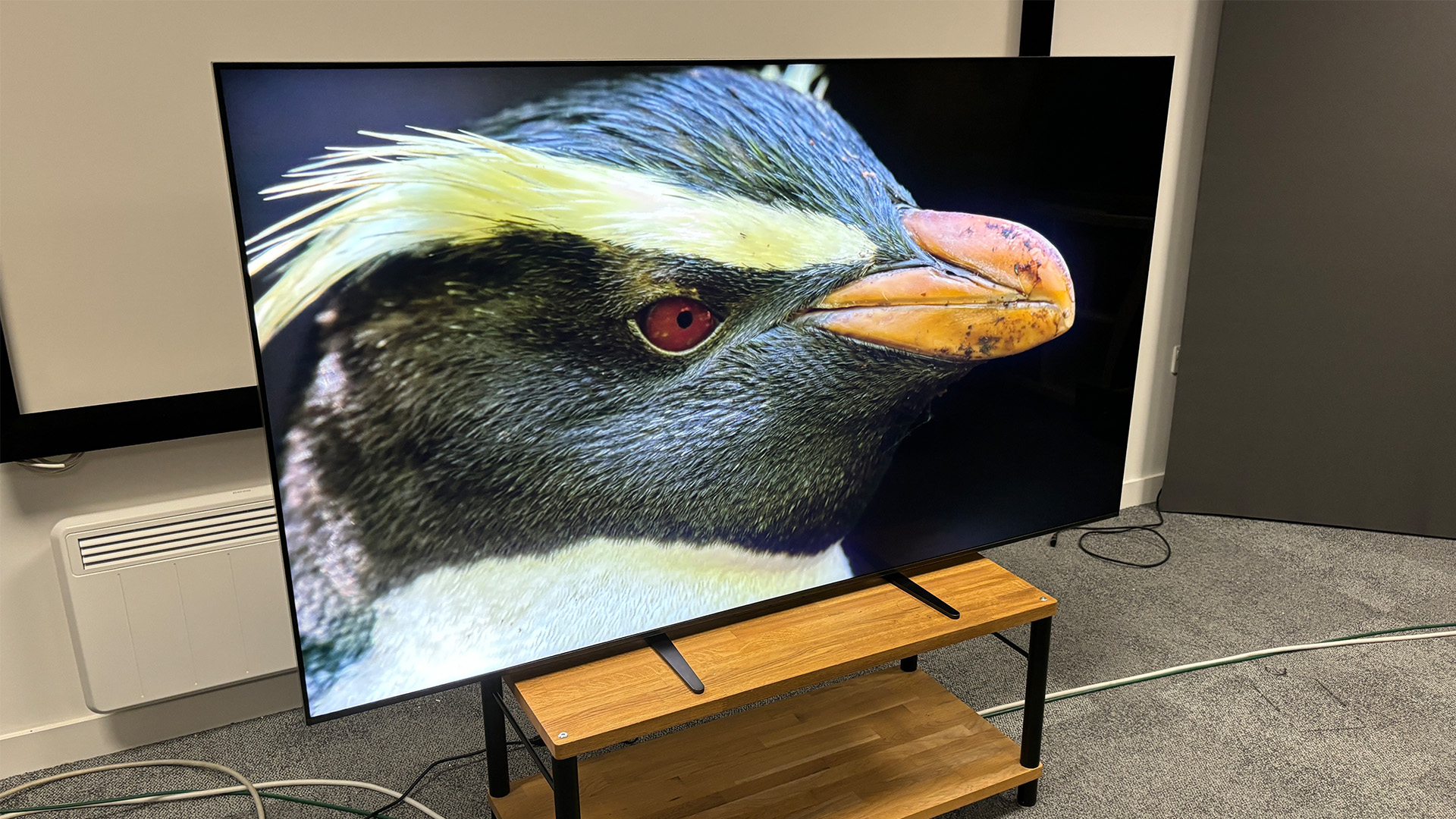




Sony Bravia 9 (K75XR90)
Our expert review:
Specifications
Reasons to buy
Reasons to avoid
Sony went all-in on Mini LED with its 2024 TV line-up and, at its best, the Bravia 9 is sensational. The problem is that it’s not at its best all of the time.
Sony is targeting movie lovers with the Bravia 9, leaning heavily on its experience in the editing booths of Hollywood, and the influence is clear when you watch a movie such as Top Gun: Maverick or Oppenheimer. Colours are well balanced, blacks are very good by backlit TV standards, and there’s not a hint of judder.
When this TV is behaving it’s a stunner, but a distracting bug that affects the local dimming and some small compromises with every picture mode mean that the performance is just a little too inconsistent to be considered great. Fortunately, these are issues that should be solvable through software updates and we understand that Sony is working on these.
Things are much better when it comes to audio. Unlike Sony’s recent OLEDs, which vibrate the entire screen to generate sound, the Bravia 9’s display is surrounded by speakers, with 70W of power to push them.
The result is a TV that sounds noticeably better than most, with height speakers that improve the sense of space and give the sound a solid sense of direction. The bass still lacks a little weight, though, so while it’s a cut above the norm, it would still benefit from the addition of one of the best soundbars.
From a connectivity perspective you’re only served with two HDMI 2.1 sockets that support 4K/120Hz gaming and VRR, with one doubling as the eARC for your aforementioned soundbar, so keen gamers may want to look elsewhere.
The other two HDMIs max out at 4K/60Hz, but all of them support ALLM. When it comes to wireless connections, you get wi-fi, which includes Apple AirPlay, Apple HomeKit and Google Chromecast, plus Bluetooth 5.3 and LE.
It all adds up to make the Bravia 9 a somewhat frustrating TV. At its full potential, though, it’s brilliant, so if Sony can fix those issues it’ll be one of the best around.
Read the full Sony Bravia 9 review
Best mid-range


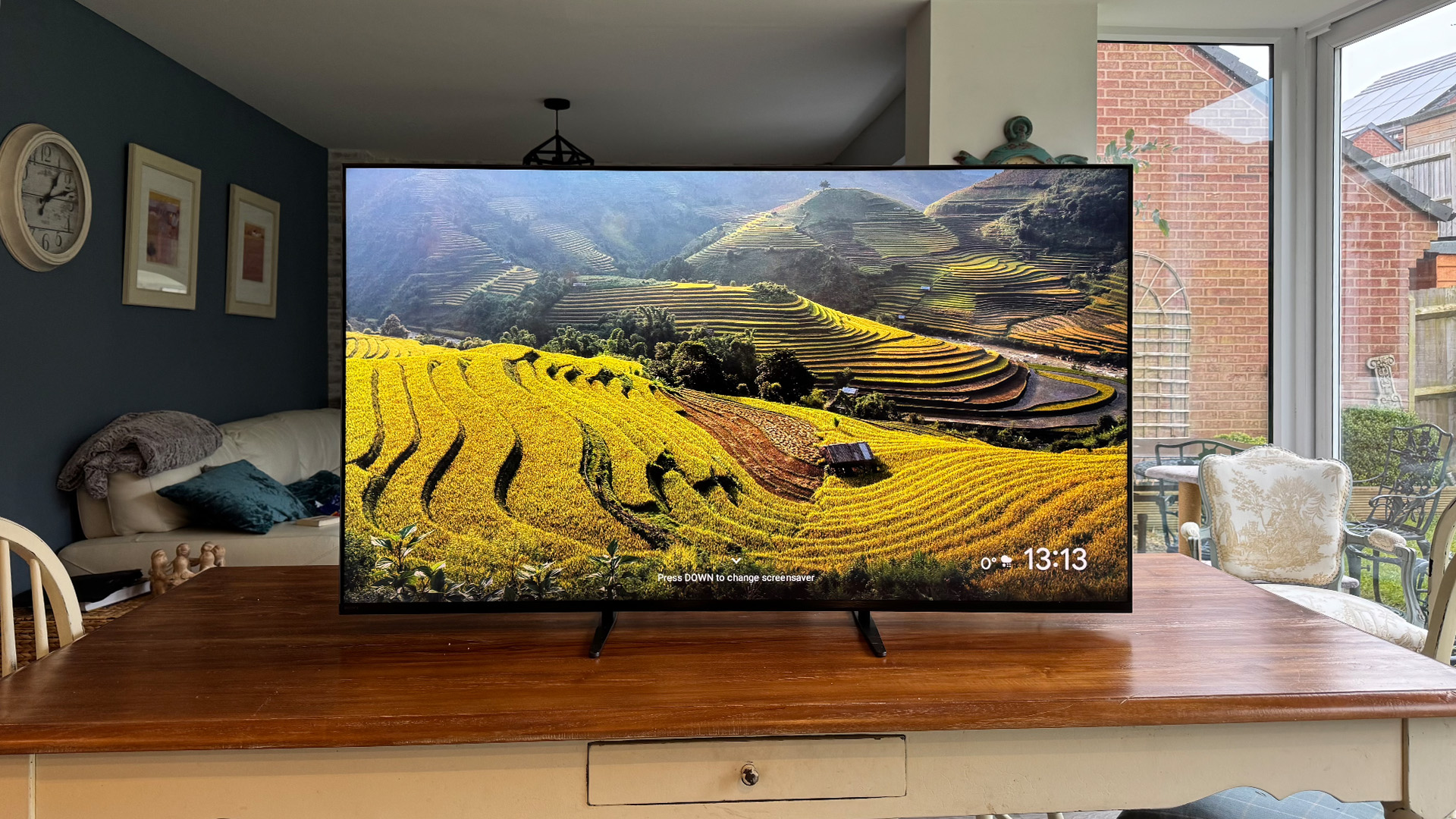






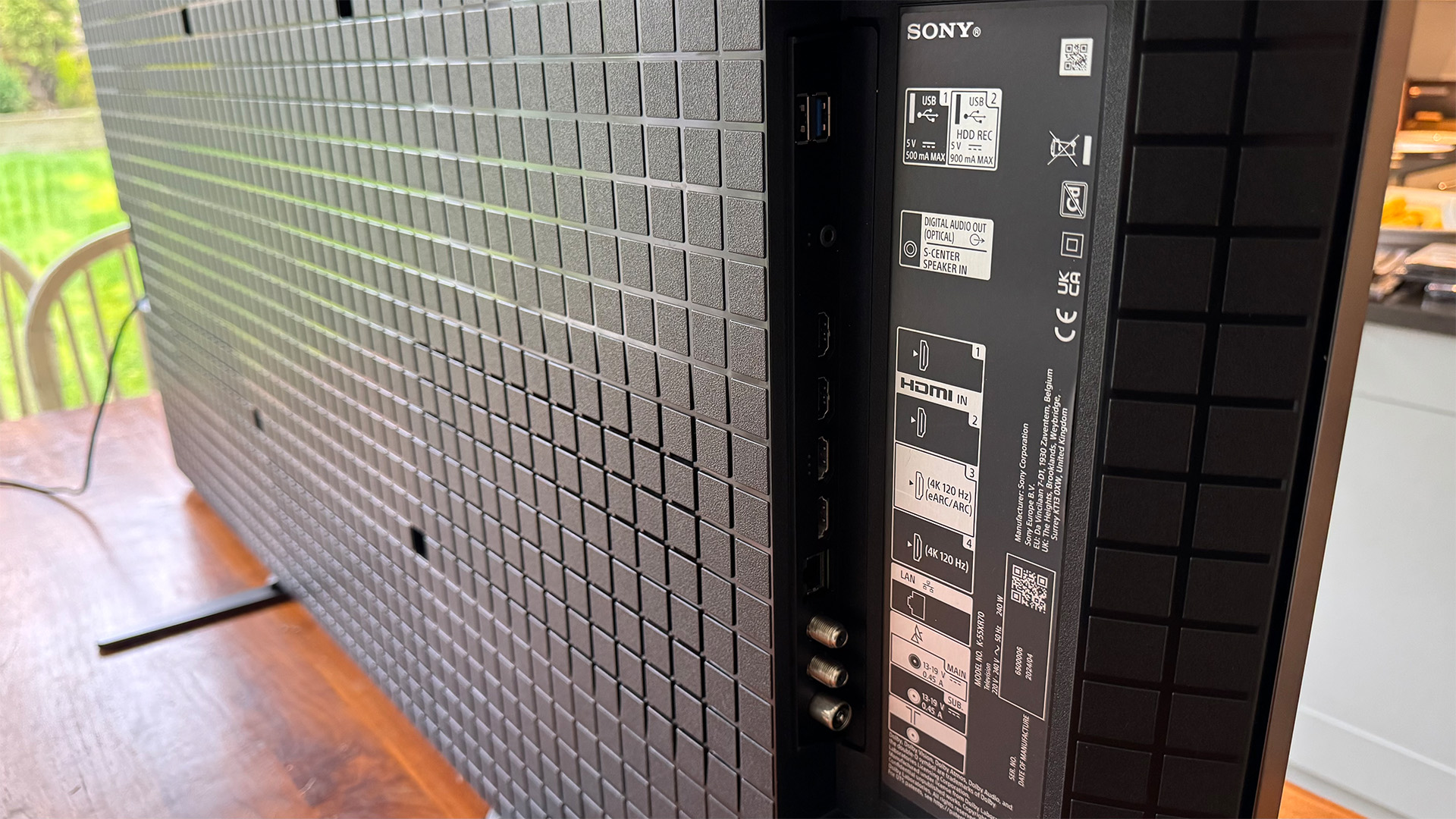


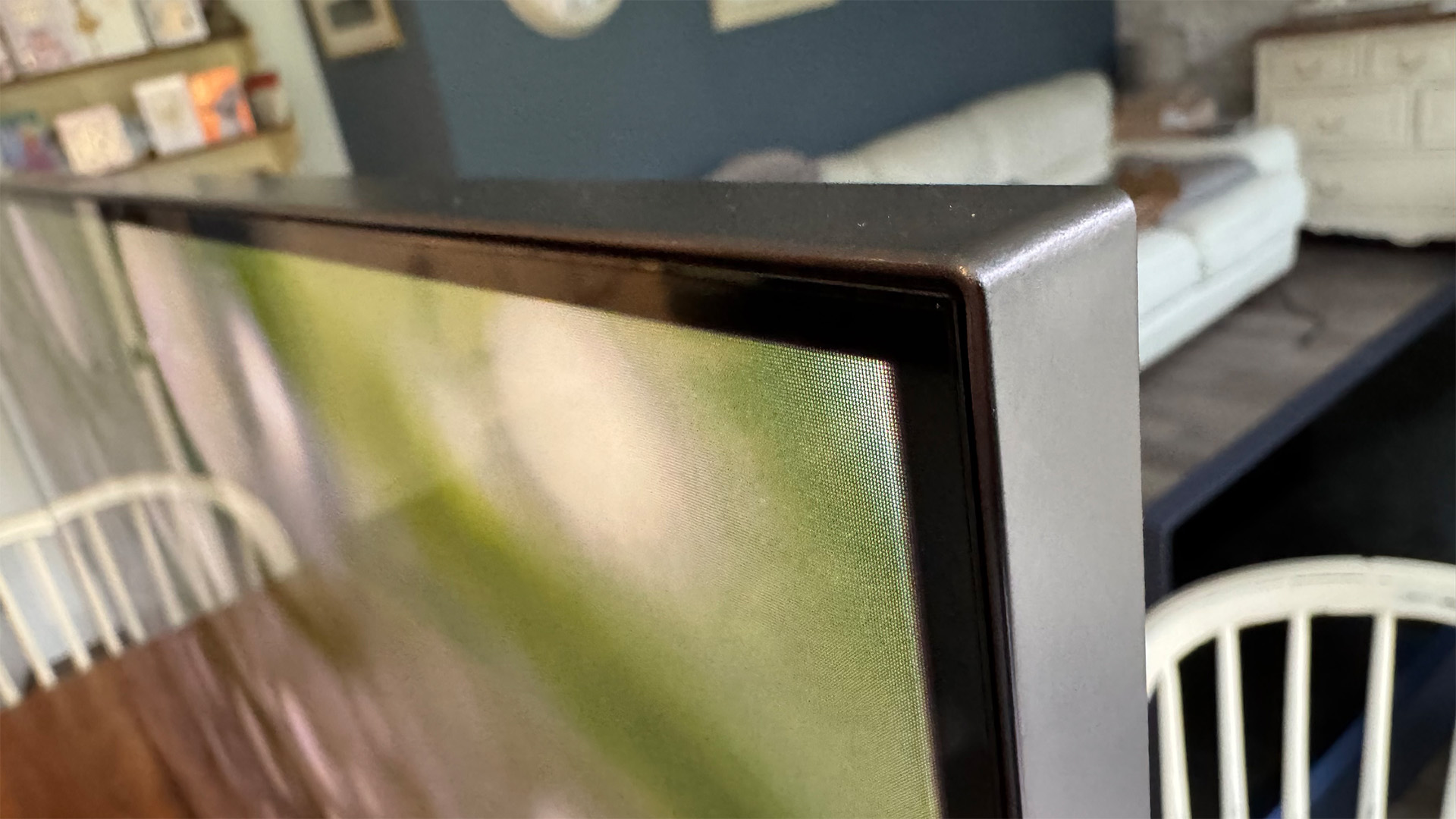
Specifications
Reasons to buy
Reasons to avoid
The Bravia 7 is another great example why Mini LED is carving such a strong presence in the mid-range market.
The 55-inch model we reviewed doesn’t feature a lot of the headline, cutting-edge tech seen on the much more expensive Bravia 9. And yes, it has less dimming zones, but it still managed to impress our reviewers during testing and features some hardware you won’t find on any non-Sony rival.
The biggest is its Sony XR Backlight Master Drive panel tech which pairs with the Mini LED panel and Quantum Dot colour system to deliver one of the most consistent and balanced performances we’ve enjoyed on a Mini LED this price.
Regardless of which test disc we threw at the Bravia 7, it delivered outstanding levels of colour and contrast and impressively clean and convincing backlight control powers.
As we said in our Bravia 7 review: “While not feeling quite as explosive and ‘next-gen’ as the Bravia 9, the Bravia 7’s images are actually a little more consistent, resulting in as good a mid-range LCD TV as we’re likely to see this year.”
As an added perk, while we’d still recommend pairing it with a soundbar for the best results, its use of Sony’s proprietary Acoustic Multi-Audio sound system – which pumps 40W of power into a four-speaker system comprising two full-range bass reflex drivers and two tweeters – is one of the better sounding inbuilt solutions we’ve heard.
Our only big word of caution is that, like many of the sets we test, it only has two HDMI 2.1 inputs, which will be an issue for gamers with multiple current generation consoles.
Read our full Sony Bravia 7 review
Best cheap


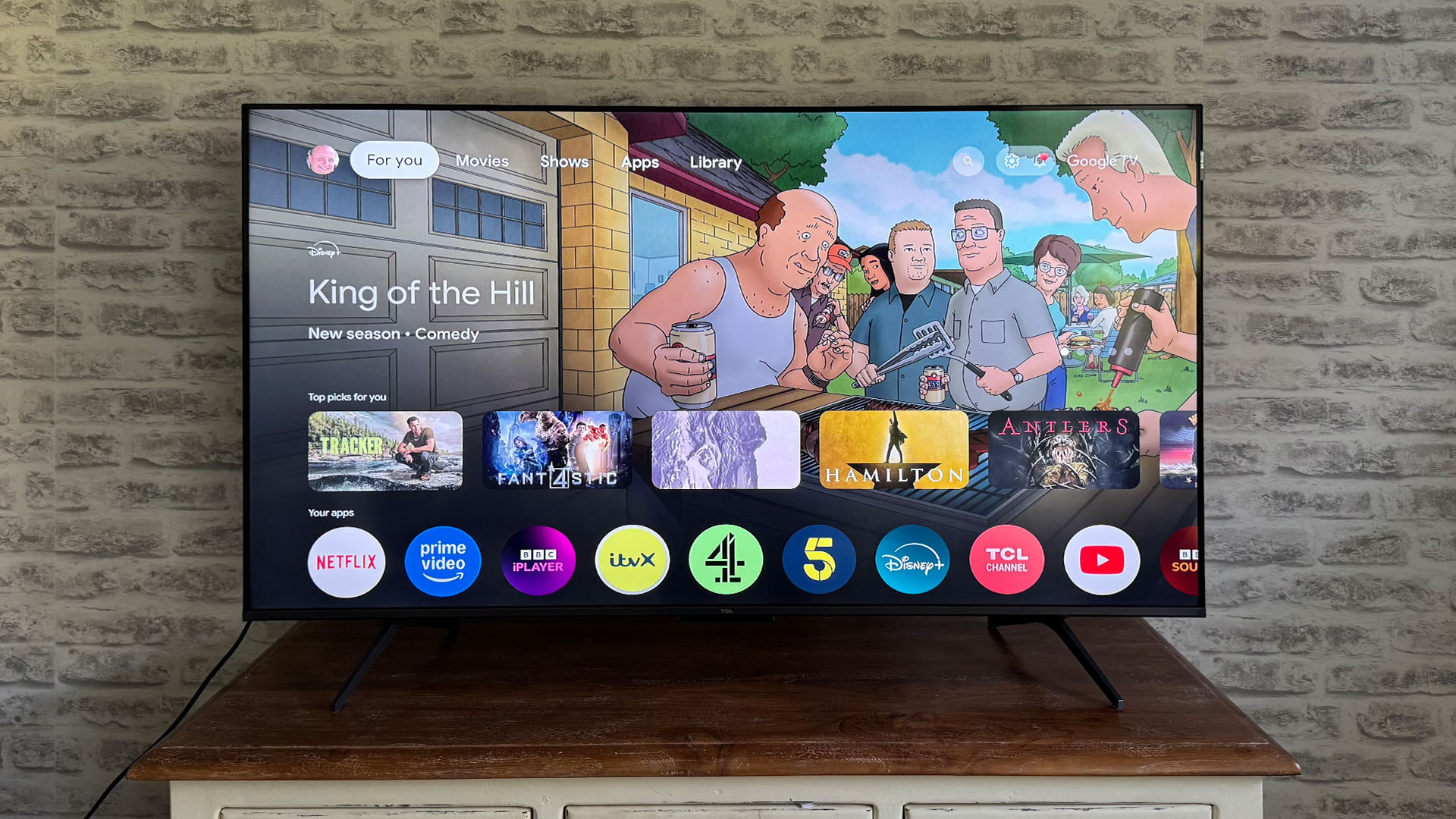
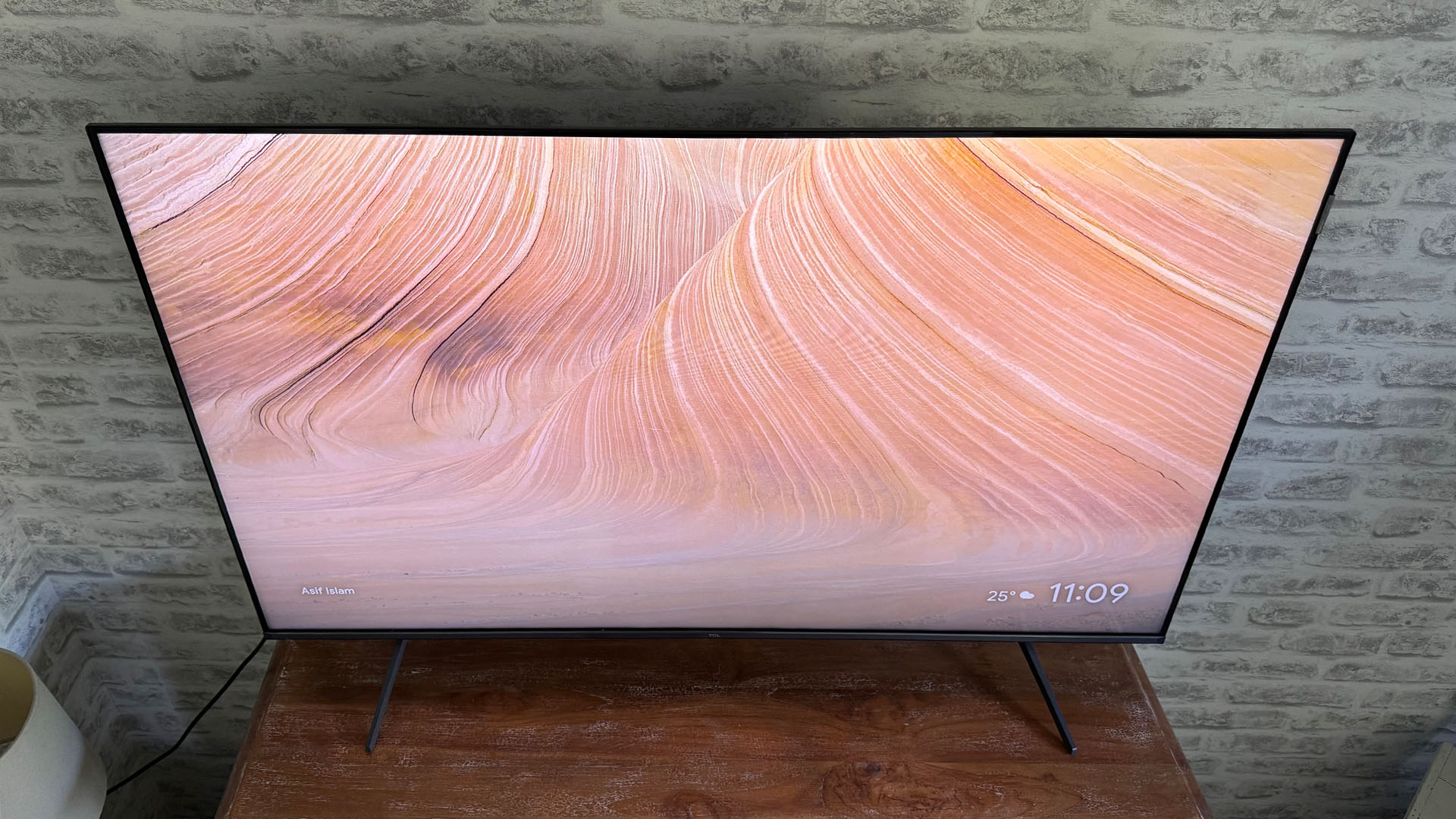

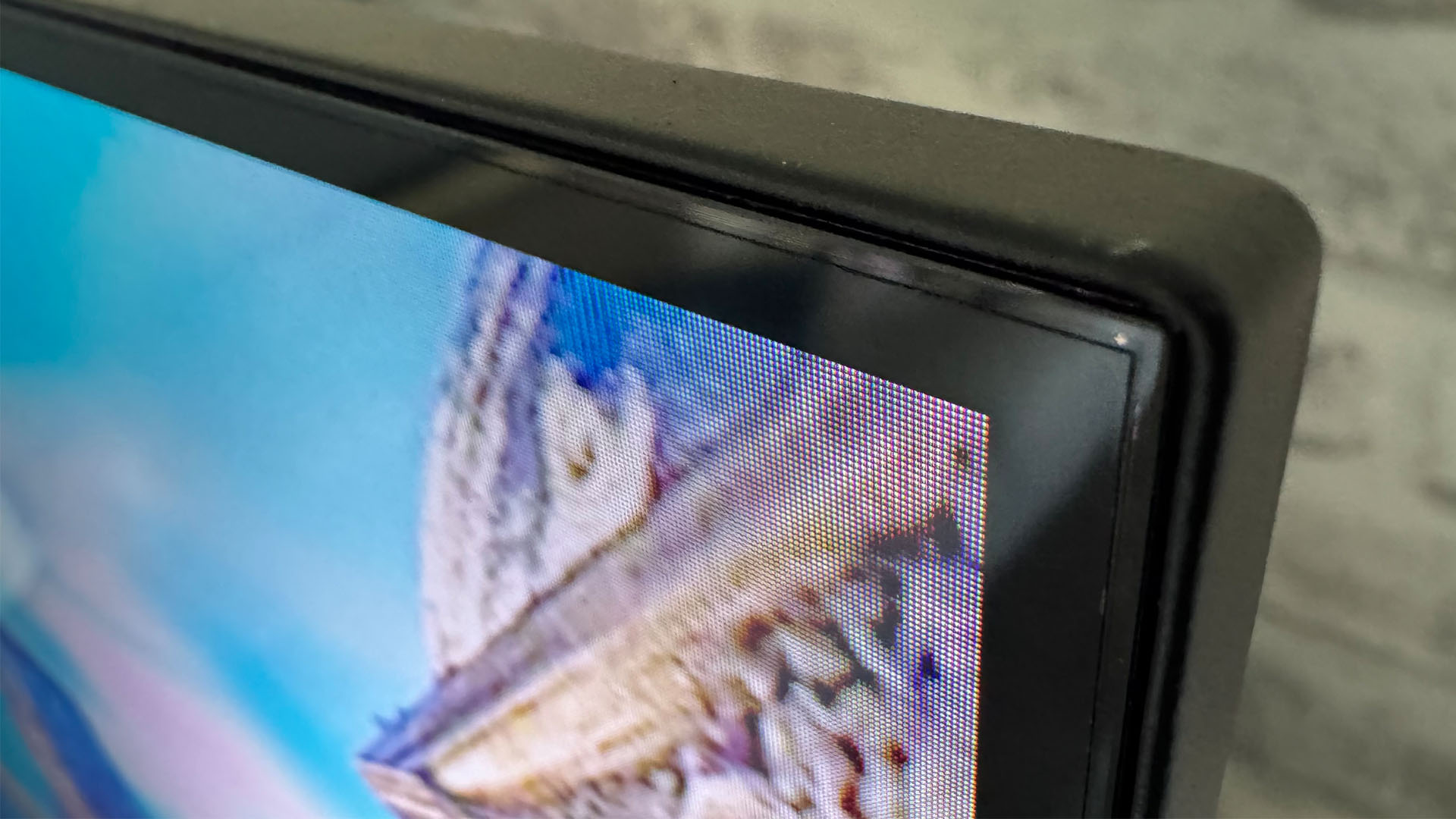

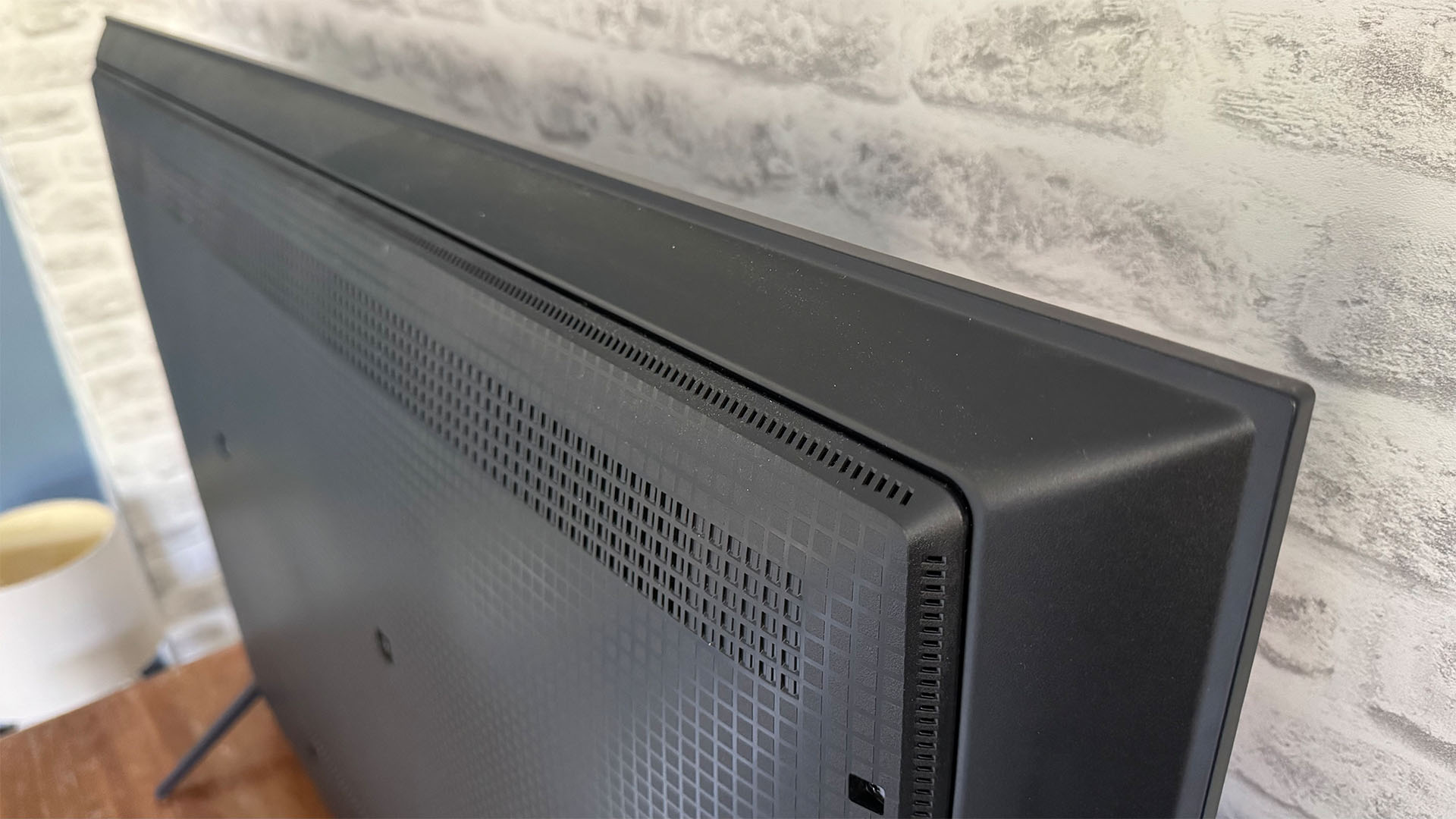






Specifications
Reasons to buy
Reasons to avoid
The TCL C6KS isn’t just the main budget recommendation on this list, it’s also the best cheap TV we recommend holistically right now.
Is it perfect? No, during testing we noticed some issues with its motion handling, which over-smoothes some movements, especially when playing movies.
It also is the only set on this list that doesn’t have any HDMI 2.1 inputs, which means gamers will only be able to run games at 4K/60Hz, even if their console or PC can run at higher frame rates.
But, trust us when we say that you won’t find a better-looking set at the C6KS’ price, based on our experience reviewing the 50-inch model.
The use of Mini LED, at all, is a rarity on a set this price, with its direct rival, the 50-inch Amazon Fire TV Omni QLED, missing it.
And during our checks, Mini LED let the C6KS not only go brighter than its rival, but also concurrently offer much better contrast thanks to its surprisingly capable handling of dark scenes.
This led our reviewers to report:
“The 50C6KS’s colours retain better saturations during very dark shots than we would expect to see with a TV at this level, while colour volumes (the combination of saturation and brightness) leave the vast majority of similarly priced TVs looking murky and flat by comparison. That vibrancy does not come at the expense of subtlety, either.”
This all adds up to make it an easy recommendation, despite its flaws.
Read our full TCL C6KS (50C6KS-UK) review
Best Mini LED TV for gaming



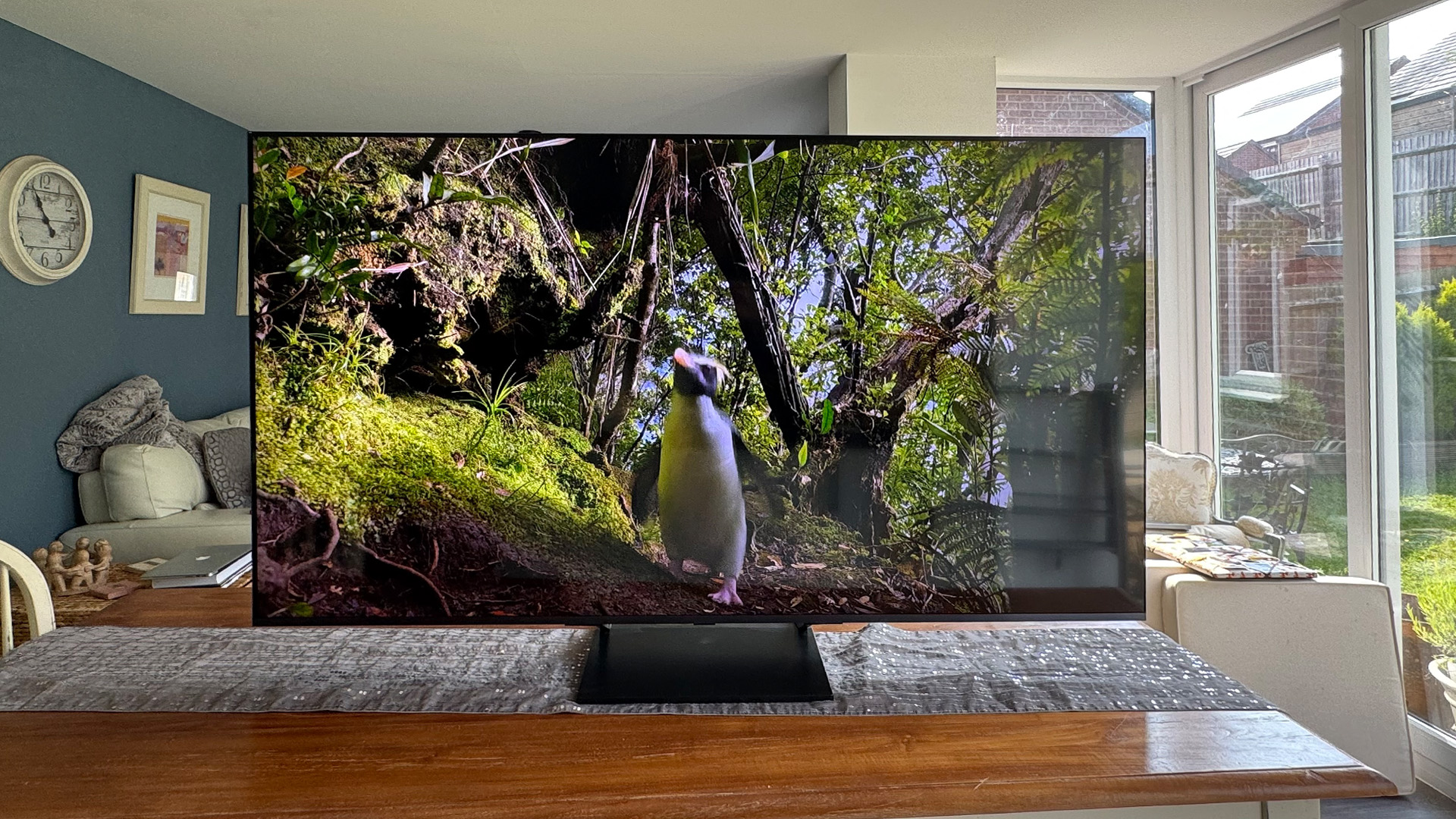



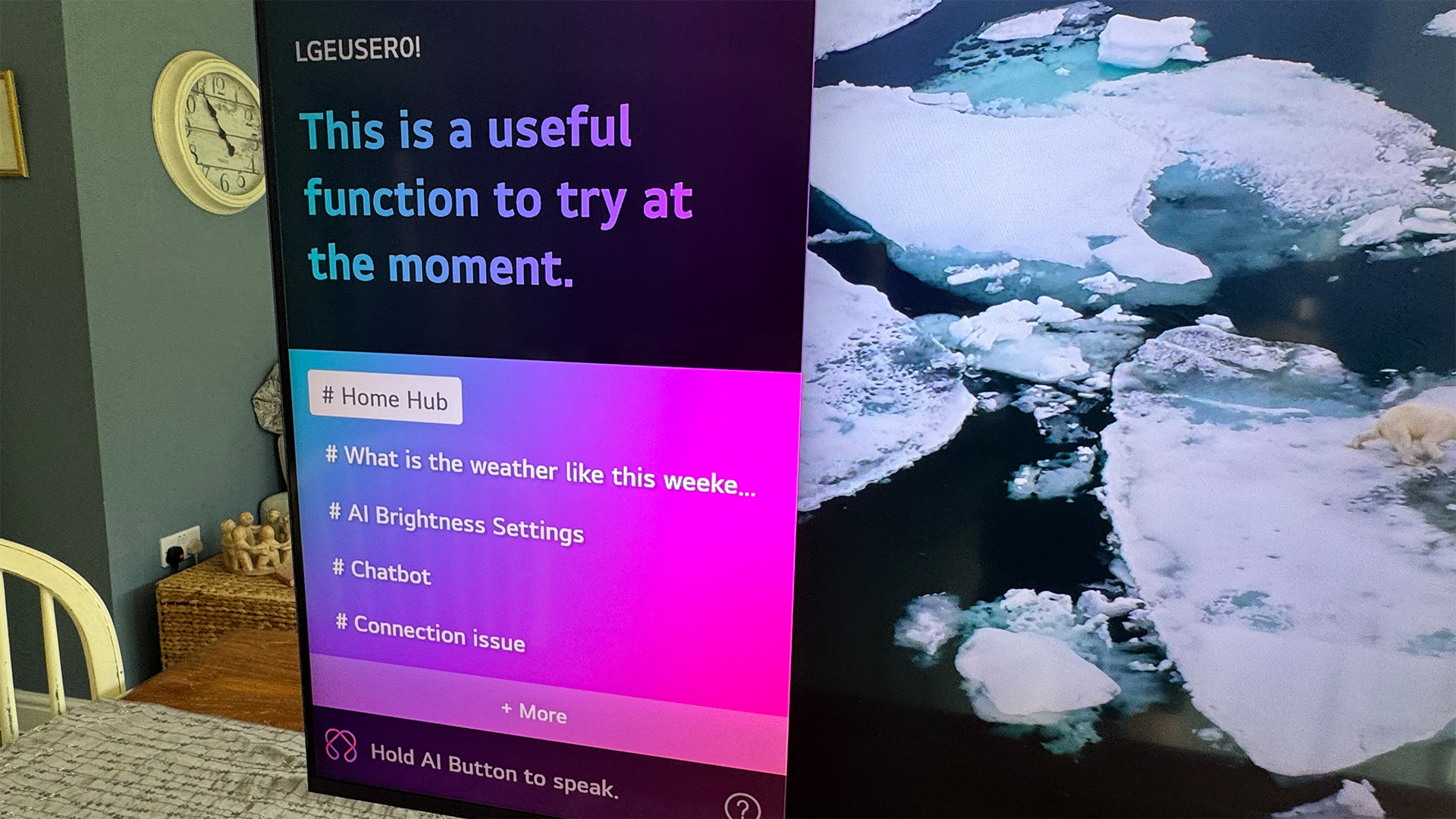


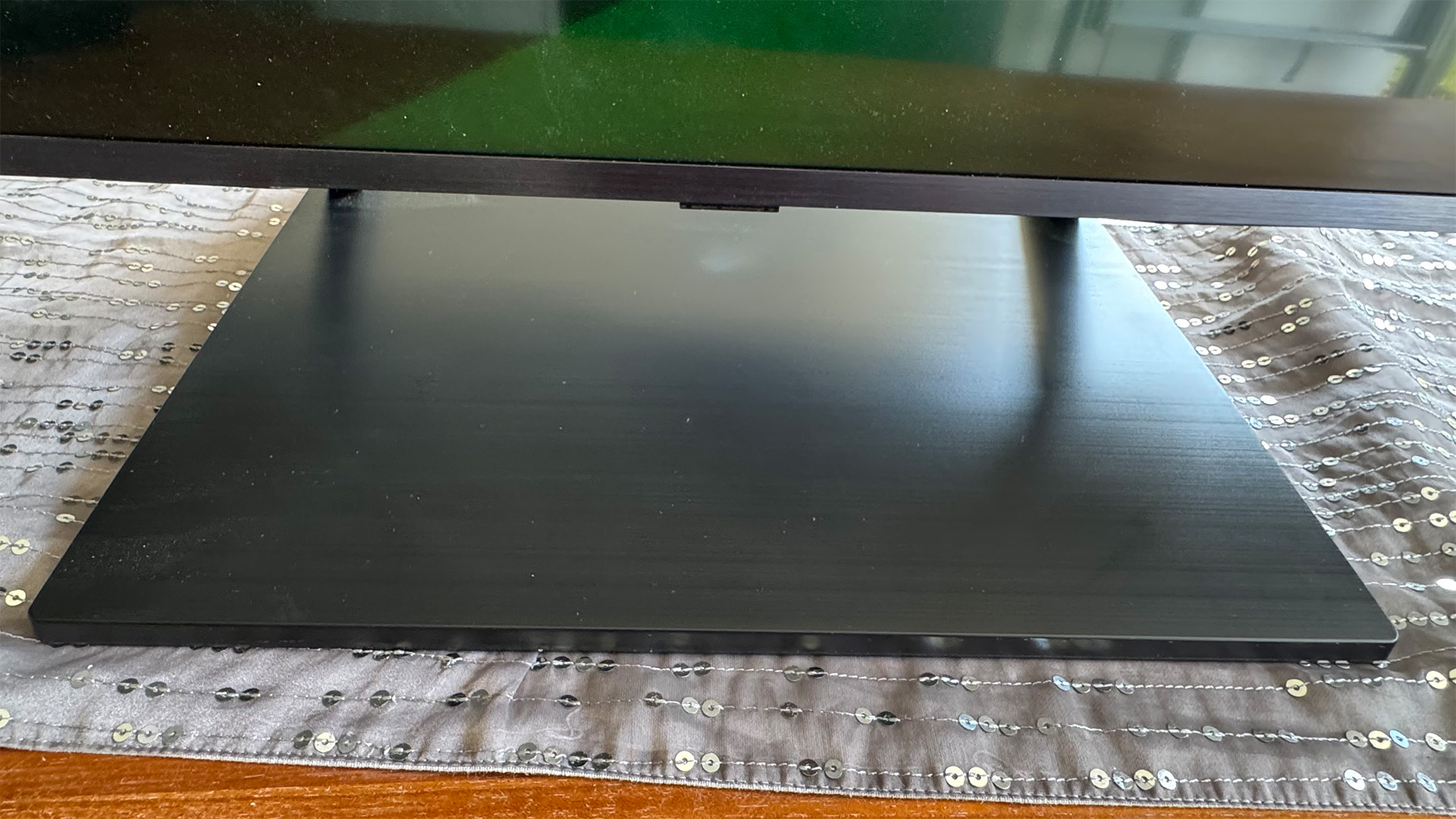

Specifications
Reasons to buy
Reasons to avoid
LG isn’t the first name many people think of when it comes to Mini LED, with it famously pushing OLED as the best panel tech currently available in the upper end of the market. But, to our surprise, its latest QNED93 Mini LED is an excellent set, especially for gamers.
A direct rival to the Sony Bravia 7 and TCL C855K, the set has flawless gaming specifications featuring four full-fat HDMI 2.1 inputs, 4K/144Hz support, ALLM, VRR and Dolby Vision gaming. These add up to mean it will run everything from current generation consoles to gaming PCs at full speed.
Featuring a Mini LED panel that’s split into 486 separate local dimming zones, in a 27x18 configuration that’s controlled by an AI focussed new Gen 2 version of LG’s Alpha 8 AI processor, it’s also technically impressive.
But most importantly, when we ran it head to head with its rivals we found it beats the competition in a few key areas.
For starters, its black level, while nowhere near what you’ll get on an OLED – including the LG C5 – is very solid, with our reviewers going so far as to report, “Dark scenes contain blacks that actually look black. Not grey.”
Blooming, an annoying but common phenomenon on Mini LED sets, where there’s a halo around bright elements next to dark parts of the picture, is surprisingly less pronounced. Combined with the sets high peak brightness this makes for a very fun immersive picture, hence our conclusion:
“The 65QNED93 proves emphatically that LG is capable of making a splash at the serious end of the LCD TV world. There are times, in fact, when its pictures look nothing short of majestic.”
So why does it have four, not five stars? There are three big reasons. First, its audio is middling, at best. During our tests we noticed a distinct lack of bass and tendency for it to distort, even at moderate volumes. Hence why we’d recommend investing in a soundbar with it.
Second, while the picture is excellent by Mini LED standards, it does still suffer from some issues typical of the panel tech. Minor baseline brightness fluctuations creep in when the screen is forced to rapidly shift between bright and dark shots. During certain scenes we’ve also encountered clipping in the brightest HDR highlights.
Third, and most pressingly, like all upper-end Mini LEDs, the price puts it in OLED territory. While it’s cheaper than LG’s latest LG C5, you can still get the older LG C4 for the same amount. This brings with it a variety of benefits Mini LED simply can’t match – chief of which is pixel-level light control, which lets them offer perfect blacks.
But, if you’re dead set against OLED and regularly game, the LG QNED93 is the best option we’ve tested.
Read our full LG QNED93 review
Also consider
TCL C8K: If you want something a little more premium, with a smidgeon more brightness and connectivity than the C7K but you don’t want to spend Bravia 9 money, then we’d strongly recommend checking out TCL’s flagship C8K OLED.
Samsung QN95D: Samsung’s outgoing flagship Mini LED is still available and heavily discounted. If you don’t like the look of the LG QNED93, it's a great alternative.
Hisense U7N: If the Amazon Fire TV Omni QLED doesn’t meet your needs, you should check out the U7N. Though it costs a little more, it offers a wonderfully punchy, but accurate picture and outside, of some blooming issues, is a fantastic value option if you want your next TV to be a Mini LED set.
TCL 98Q9BK: In the market for a massive Mini LED that doesn't break the bank? TCL's huge 98-inch Q9BK is a relative bargain considering it costs less than some of the considerably smaller TVs on this list. We approved of its brightness, contrast and colours in our review, though the backlight can introduce haziness and the brightness can leave darker scenes looking overbrightened.
Amazon Fire TV Omni Mini LED 55-inch: We found that Amazon's previous Omni QLED TV varied pretty drastically in performance depending on the screen size; for example, the 50-inch model bagged itself five stars, while the 43-inch version only managed to score three stars. Thankfully, both versions of the Mini LED sucessor to the Omni QLED that we've reviewed appear to be more consistent, with this smaller 55-inch version exhibiting many of the same benefits of its larger 65-inch sibling that features on this list.
How to choose the best Mini LED TV for you
After settling on how much you have to spend and how much space you have to fill, which only you can decide (although we have something to help with the latter here), we would normally advise you on the pros and cons of each panel type, but as you have found your way to the Mini LED page we’ll assume you’ve already made that decision. In short, it tends to deliver the brightest and most vibrant pictures.
A lot of people plug third-party boxes into their TVs to handle all the streaming apps that so many of us now rely on for our entertainment, but if you just plan to use whatever the TV’s operating system provides, make sure it has all the apps you want.
If one of those boxes you plan to plug in is a current-gen games console or gaming PC, it’s also worth checking that the TV in question supports all the latest gaming features, otherwise your games won’t look their very best. What you’re looking for here is 4K/120Hz, VRR and ALLM, which require higher-bandwidth HDMI sockets. If gaming is your top priority, you’re probably better off perusing our best gaming TVs guide.
It’s an unfortunate fact of life that the majority of TVs you can buy today are much better to look at than they are to listen to. If you plan to add a soundbar or speaker system to your new TV there’s no real need to worry about its audio performance, which is why we always advise people to take that into consideration when budgeting, but if that’s not an option for you it’s vital to take sound into consideration. There’s nothing worse than having a brilliant picture spoiled by a flat, weedy audio experience.
How we test Mini LED TVs
Testing a new Mini LED TV is a time-consuming and involved process that requires long hours in one of our test rooms, thoroughly examining every aspect of a TV’s performance.
That mostly involves feeding it a variety of sources, from 4K Blu-rays and Ultra HD streams to standard-def DVDs, and comparing all aspects of its performance to that of one of our reference models using an HDMI splitter.
As well as fully evaluating picture and sound quality, we will also check that each streaming service is fully supported by the television. All major apps will output both audio and video in certain formats, including the various HDR and audio codecs, so we actively check each one to ensure that it’s performing as advertised.
Every TV arrives with its default factory settings in place, but we never assume that it can’t be improved by some judicious tweaking in the menus. While we don’t go as far as getting a sample professionally calibrated (that shouldn’t be necessary for us or you) we will spend many hours adjusting the settings and changing the picture modes until we’re satisfied we’ve seen the best a TV has to offer.
When it comes to gaming performance, input lag is tested using a Leo Bodnar device, while each individual HDMI socket will be tested to determine which ones (if any) support today’s more advanced gaming features, such as 4K/120Hz, VRR, ALLM and HGiG.
We also dedicate plenty of time to testing the sound quality of every Mini LED TV. That includes everything from the clarity, tonal balance and detail to spaciousness and dynamics, although it’s almost unheard of for any television to perform well enough from a sonic perspective that we wouldn’t recommend adding one of the best soundbars or, if space and budget allow, a dedicated AV amplifier and speaker package.
All of our TV testing takes place in state-of-the-art testing facilities in the UK, by an expert team that has decades of combined experience in the industry, so you can be sure that our reviews are fair and consistent. When you choose a product from one of our buying guides you can be confident that you’re getting something we would be happy to spend our own money on.
Mini LED TV FAQ
What is the best 55-inch Mini LED TV?
Our review of the TCL C845K covered the 65-inch version, but it’s reasonable to expect its 55-inch equivalent to perform very similarly – and for even less cash. It’s capable of the same level of brightness, albeit with slightly fewer local dimming zones, so it should deliver an equally tempting combination of price and performance.
What is the best 65-inch Mini LED TV?
Yep, it’s the TCL C845K again. While other TVs on this list are also available at 65-inches, none of them strike such a great balance between performance and price. The C845K is brilliantly bright, colourful and capable of displaying excellent contrast, and while its sound isn’t quite as good, it still outperforms many TVs of this size.
Is Mini LED better than OLED?
There are areas where Mini LED is capable of outperforming an OLED, most notably brightness, but with superior contrast, better lighting control and unbeatable viewing angles, we still prefer OLED over Mini LED as a whole – at least for now. Our Mini LED vs OLED explainer goes into more detail.
Is Mini LED better than OLED for bright rooms?
Mini LED TVs tend to be brighter than OLED models, so yes, they are better for brighter rooms as the picture will appear clearer. OLED TVs have got a lot brighter in recent years, but Mini LED models still trump them in this area.
Mini LED vs OLED picture quality comparison UK
Mini LED TVs tend to be brighter than OLED models. But OLED TVs still provide the better overall viewing experience – they have better contrast (the difference between light and dark parts of the picture), blacker blacks, more precise lighting control and wider viewing angles. But it really depends on which specific TVs you're comparing.
Read more: Mini LED vs OLED: which TV screen technology is better?
Mini LED vs OLED gaming performance
If it's pure 'pop' you're after, a Mini LED TV could serve your gaming needs better. Mini LED TVs tend to be brighter than OLEDs, giving the colours more impact. But if you're playing dark, moody games, an OLED's superior contrast ratio will show up greater levels of shadow detail, helping you see what's going on more clearly.
Consult our list of the best gaming TVs
What is the risk of burn-in on OLED vs Mini LED TVs?
Burn-in can happen to OLED TVs, though it's much rarer on newer models than older ones. That's the verdict of our readers, who we consulted on the topic. Despite having tested OLED TVs since they launched – and used them extensively at home for personal use – we've never experienced burn-in on an OLED TV.
Mini LED TVs aren't susceptible to burn-in, as they are backlit rather than using organic compounds. The picture can still degrade over time, just in different ways. But no TV will last forever.
Read more: OLED burn-in: should you be worried about it? And how can you prevent it?
Useful links
Why you can trust What Hi-Fi?
- Looking for a bargain? Here are the best cheap TVs
- Hardcore gamer? These are the very best gaming TVs
- Need a certain size? We've rounded-up the best 55-inch TVs
- Need something bigger? What about the best 65-inch TVs
- Want a future-proof TV? Here are the best 8K TVs
The latest hi-fi, home cinema and tech news, reviews, buying advice and deals, direct to your inbox.
Tom Parsons has been writing about TV, AV and hi-fi products (not to mention plenty of other 'gadgets' and even cars) for over 15 years. He began his career as What Hi-Fi?'s Staff Writer and is now the TV and AV Editor. In between, he worked as Reviews Editor and then Deputy Editor at Stuff, and over the years has had his work featured in publications such as T3, The Telegraph and Louder. He's also appeared on BBC News, BBC World Service, BBC Radio 4 and Sky Swipe. In his spare time Tom is a runner and gamer.
